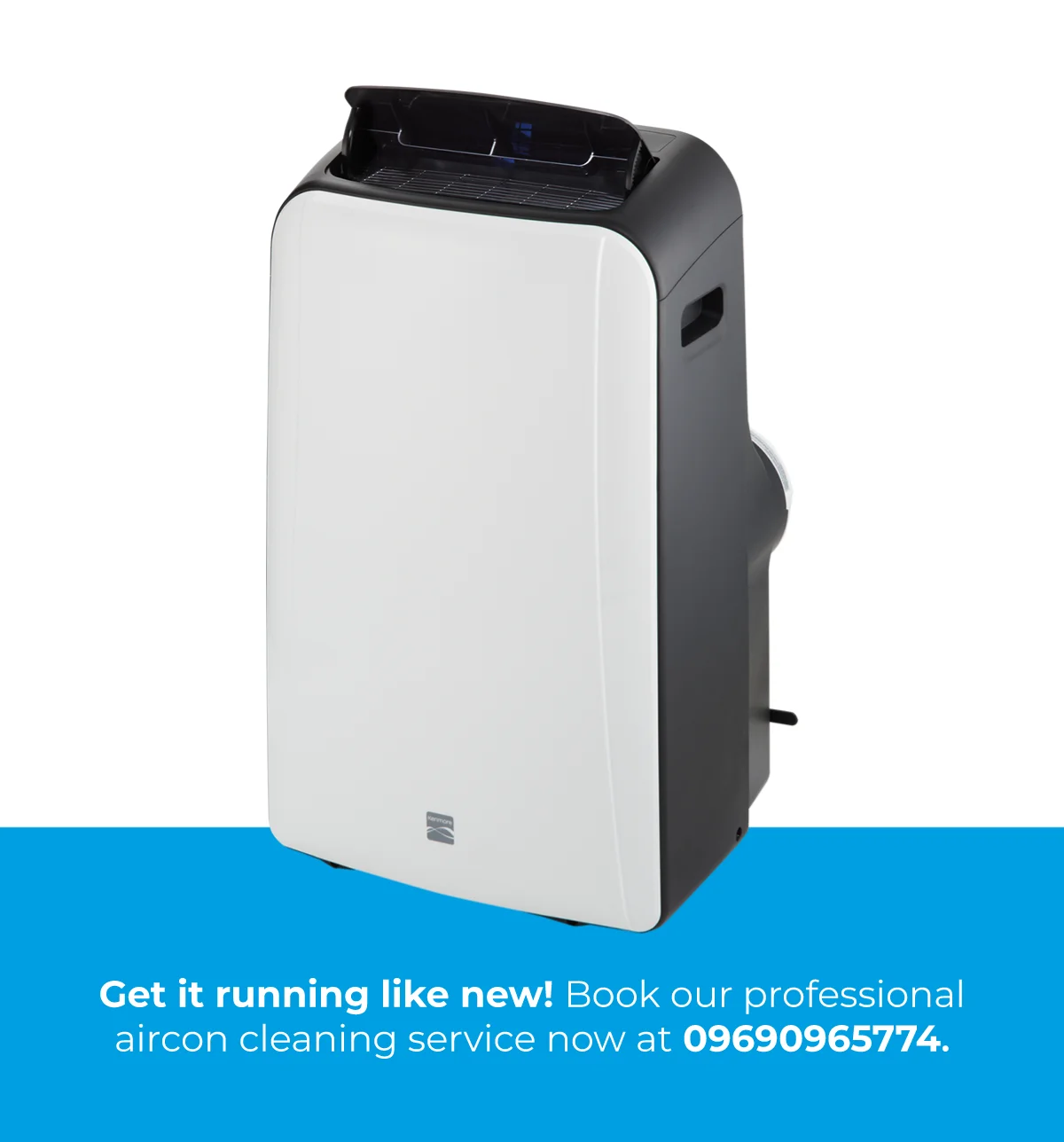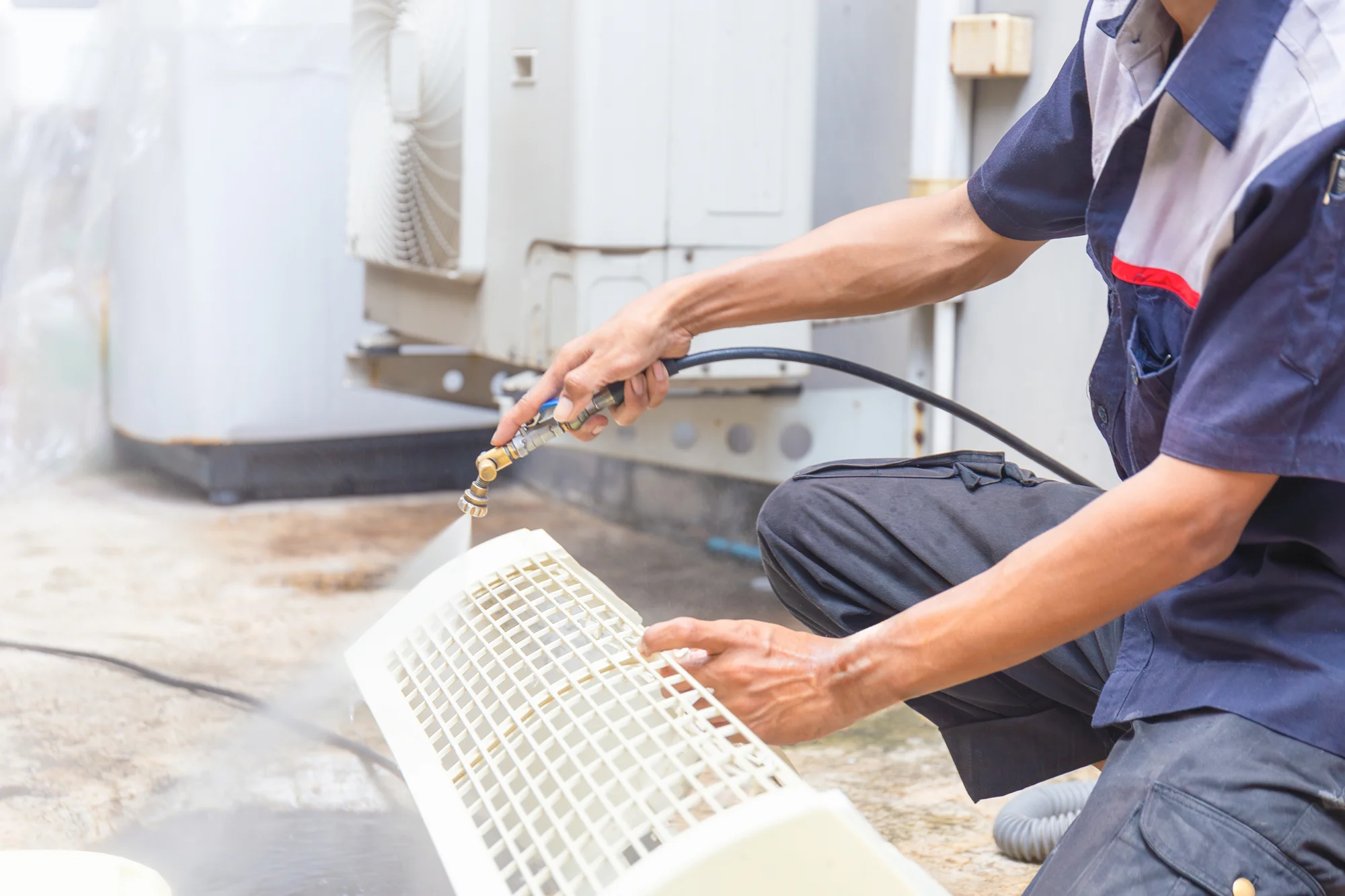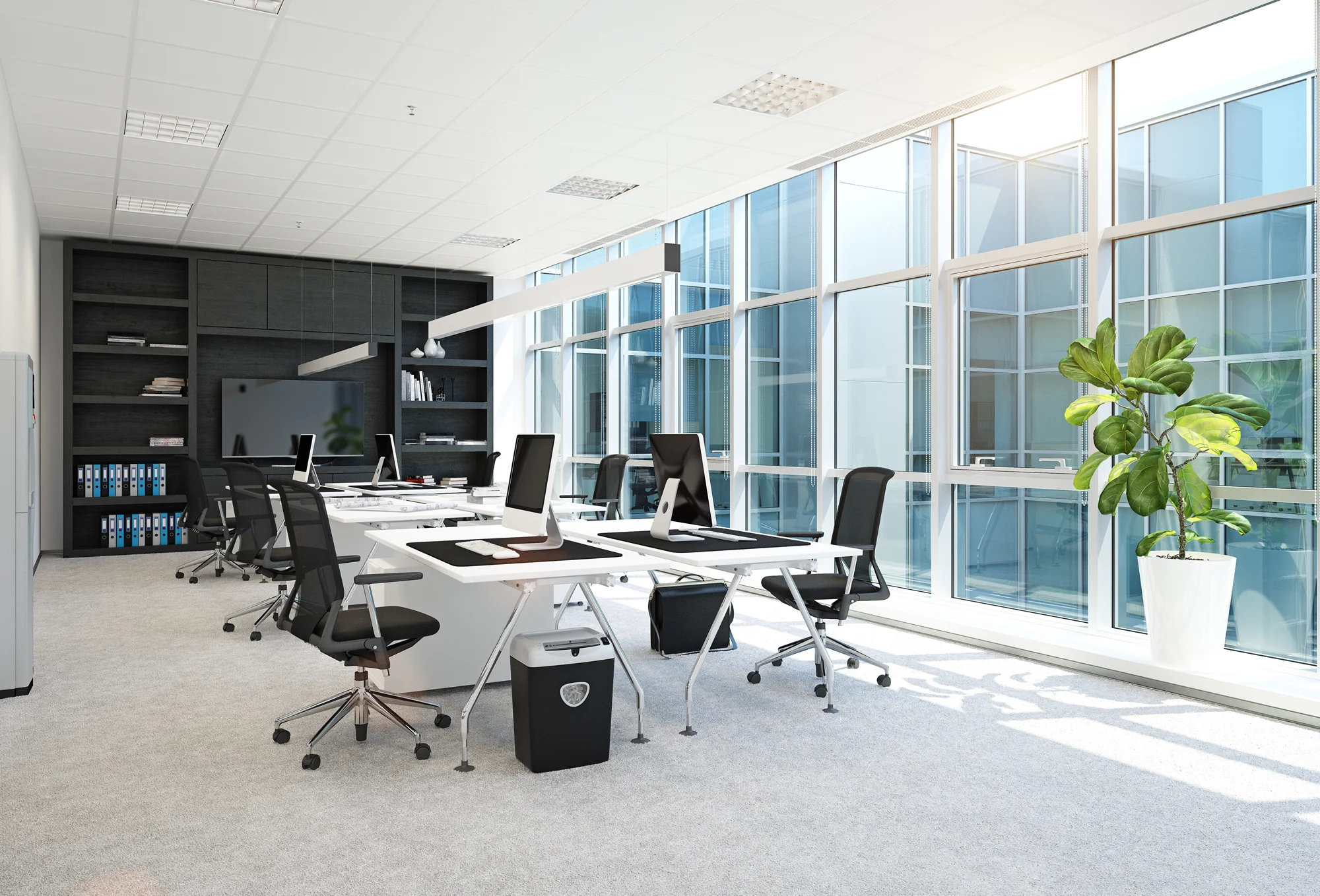In the constant battle against the Philippines’ intense heat, a reliable air conditioning unit is a non-negotiable part of modern comfort. For many who are unable to install a permanent AC unit—due to rental agreements, building restrictions, or a need for flexible cooling—the portable air conditioner offers a convenient and effective solution. This all-in-one unit can be moved from room to room, providing on-demand cooling wherever it’s needed most.
This comprehensive guide will serve as your ultimate resource on portable air conditioners. We will explore their unique design, key advantages, and potential drawbacks, as well as the essential maintenance required to ensure they perform efficiently and provide clean, cool air.
What is a Portable-Type Aircon?

A portable air conditioner is a self-contained, mobile cooling unit. Unlike a window or split-type AC that is permanently installed, a portable unit is a single, compact device on wheels. It sits on the floor and can be easily moved to different rooms as needed.
The unit works by drawing in hot air from the room, cooling it with a refrigerant-based system, and then blowing the cooled air back into the room. The hot air and moisture that are removed during this process are expelled through an exhaust hose, which is typically vented out a window, a sliding door, or even a drop ceiling. The unit also collects condensed water, which must be drained periodically. This simple, all-in-one design makes it an accessible cooling solution for almost any space.
Advantages of a Portable-Type Aircon
The flexibility and convenience of a portable air conditioner are its most compelling features, making it a popular choice for many users.
1. Unmatched Portability and Flexibility
This is the most significant advantage of a portable AC. As the name suggests, it is designed to be moved. It’s a great solution for renters who cannot modify their living space, for people who want to cool different rooms at different times, or for those who need a temporary cooling solution in a specific area.
2. Ease of Installation
Installing a portable aircon is a straightforward, non-permanent process. It doesn’t require any drilling, extensive wiring, or professional assistance. The user simply needs to place the unit on the floor, connect the exhaust hose, and vent it out a window using a provided window kit. This makes it an ideal, hassle-free option for quick cooling.
3. Affordability
Portable air conditioners are generally less expensive to purchase than split-type or central air systems. While they may not be as cheap as a small window unit, their flexibility and the lack of professional installation costs make them an economical choice.
4. Can be Used as a Dehumidifier
Many portable air conditioners come with a built-in dehumidifier function. This is a significant benefit in the Philippines’ humid climate, as it helps to remove excess moisture from the air, making the room feel cooler and more comfortable while also preventing mold and mildew growth.
Disadvantages of a Portable-Type Aircon
While a portable AC offers a lot of convenience, it’s also important to be aware of its drawbacks to make an informed decision.
1. Less Powerful and Efficient
Compared to a similarly sized window or split-type unit, a portable aircon is generally less powerful and less energy-efficient. Because the unit is located inside the room, it can sometimes pull in some of the warm air it’s trying to vent out, reducing its overall cooling efficiency.
2. Noise Level
Although the noise level of a portable AC is lower than some traditional window units, it can still be quite noticeable. Since the compressor and fan are located in the same casing as the cooling unit, the sound can be a distraction, especially in a quiet room or during sleep.
3. Takes Up Floor Space
A portable aircon, while mobile, occupies a small footprint on the floor. In a small room, this can be a consideration, as it takes up valuable space and can be an obstacle. The exhaust hose also needs to be placed and can sometimes get in the way.
4. Requires Water Drainage
As the unit cools the air, it extracts moisture, which is collected in a built-in reservoir or pan. This water needs to be drained manually on a regular basis. If the reservoir becomes full, the unit will often shut off automatically until it is emptied. This can be an inconvenience for some users.
The Importance of Regular Aircon Maintenance
Just like any air conditioner, a portable unit requires consistent care to maintain its efficiency and ensure it provides clean, healthy air. Over time, dust, mold, and other contaminants can accumulate on the internal components, affecting performance and air quality.
How Often Should You Clean It?
The frequency of cleaning depends on your usage and environment.
- For the air filter: The air filter should be cleaned every two to four weeks. A dirty filter can restrict airflow, making the unit work harder and consume more energy. It also compromises the quality of the air you breathe.
- For a professional cleaning: A full, professional cleaning should be performed at least once a year. If you use your portable aircon heavily or live in a dusty area, it’s a good idea to schedule a professional cleaning every six months.
A Step-by-Step Guide to Basic DIY Cleaning
While professional cleaning is essential, you can perform some simple maintenance tasks yourself to keep your unit running smoothly between visits.
Step 1: Unplug the Unit. Safety first! Always unplug the aircon before you start cleaning to prevent electric shocks.
Step 2: Remove and Clean the Air Filter. The air filter is usually located behind a grille on the back or side of the unit. Simply slide it out and wash it with soap and water. Allow it to air dry completely before putting it back.
Step 3: Empty the Water Tank. The water tank or reservoir needs to be drained regularly. Consult your unit’s manual to find out how to do this properly.
Step 4: Wipe Down the Unit. Use a damp cloth to wipe down the exterior of the unit, removing any dust and grime. This keeps the unit looking clean and helps to prevent dust from being recirculated into the air.
When to Call in the Professionals
While a basic cleaning can help, it is no substitute for a professional deep clean. Over time, stubborn grime, mold, and mildew can accumulate deep inside the unit, in places you can’t reach with a brush or vacuum.
Professional cleaners use specialized tools and solutions to thoroughly clean and sanitize every component of your aircon, including the fan, coils, and drainage system. A professional cleaning can improve your unit’s energy efficiency by up to 30%, extend its lifespan, and most importantly, ensure that the air you’re breathing is truly clean and healthy.
No Time to Clean? Cleaning Services PH is Here to Help.
We know that life can get busy, and finding the time to properly maintain your aircon can be a challenge. At Cleaning Services PH, we understand the importance of a clean and efficient aircon for your family’s health and comfort.
Our team of professionally trained technicians is skilled in handling all types and brands of air conditioning units. We use the latest equipment and techniques to deliver a deep, thorough clean that a simple DIY job can’t match. We’ll handle the dirt and grime, so you can enjoy a healthier and more comfortable home.
Don’t let a dirty aircon compromise your family’s health or your unit’s performance. Book a professional aircon cleaning service with Cleaning Services PH today. Call us at 09690965774 or email us at hello@cleaningservices.ph.




